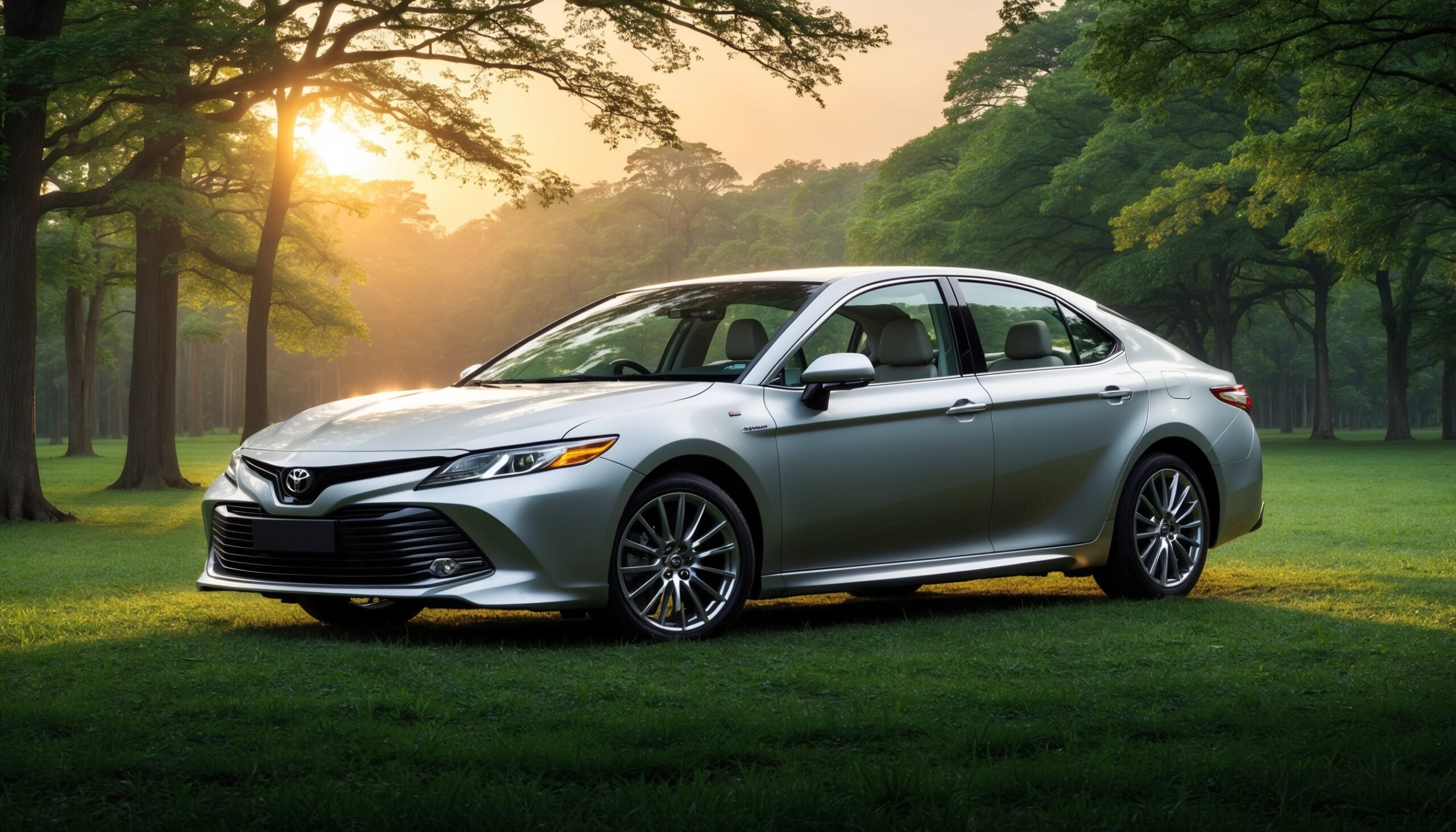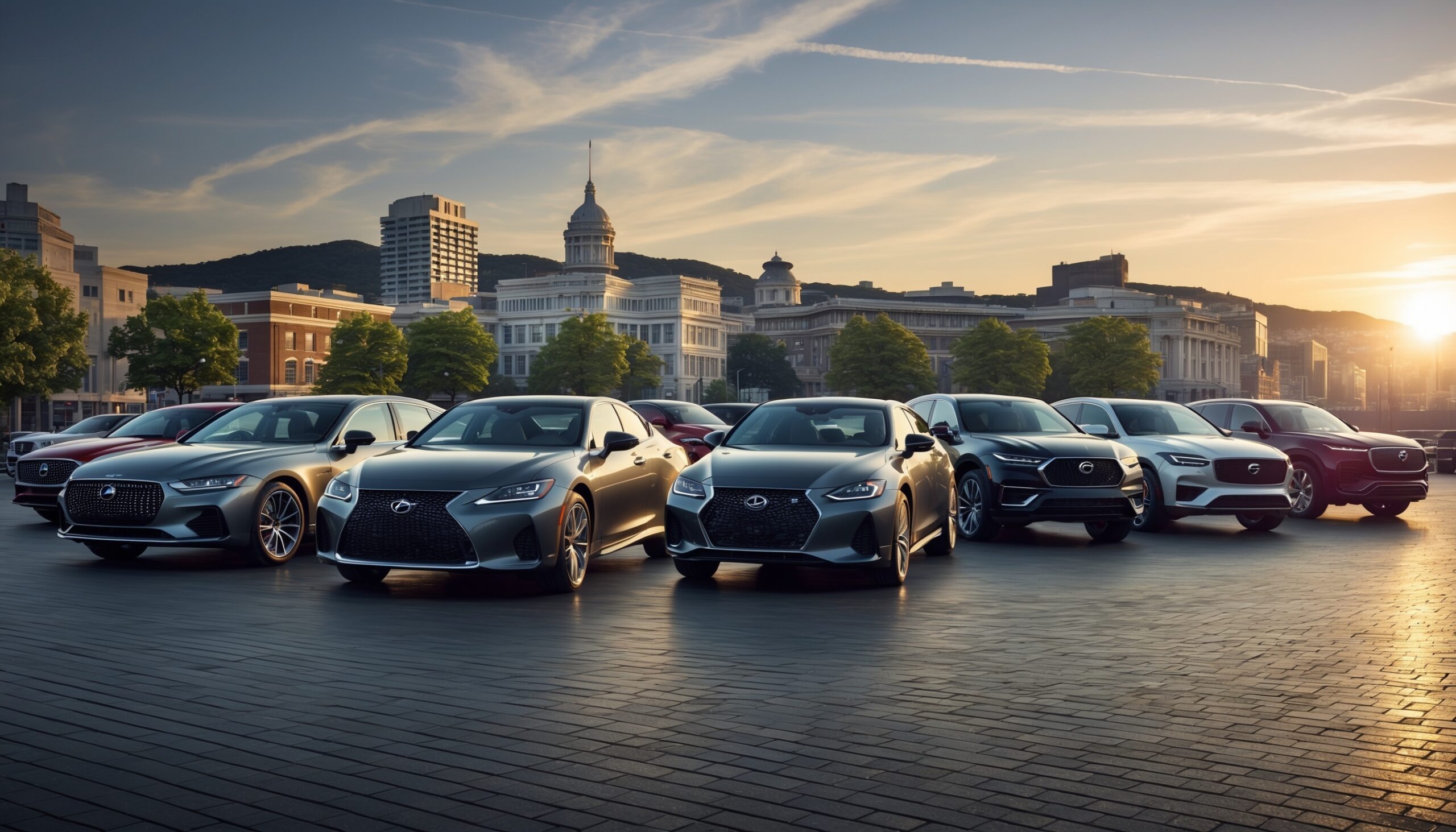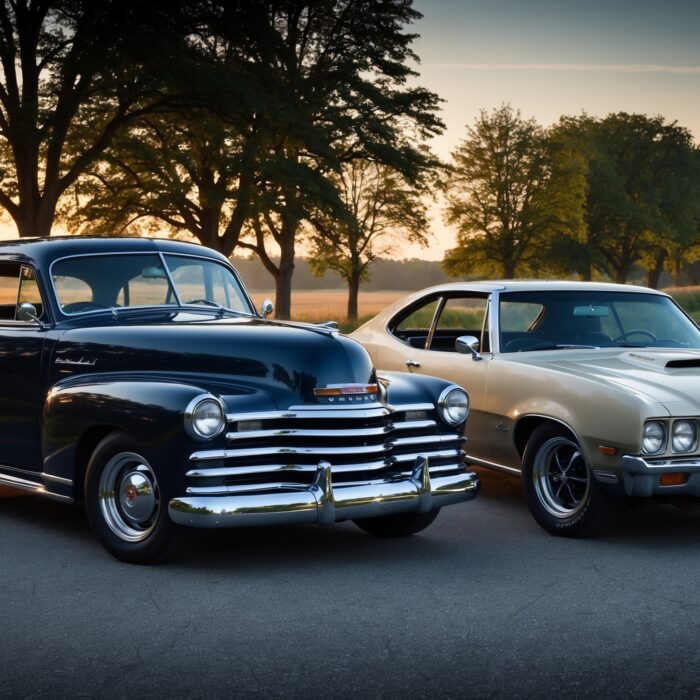Why Most Cars Have Slanted Windshields, But Trucks Keep Theirs Straight
Have you ever noticed the distinct difference between the windshields of cars and trucks? While most modern cars sport those sleek, slanted windshields that scream aerodynamics, trucks tend to stick with a more traditional straight look. It’s a fascinating topic that dives deep into the world of automotive design, functionality, and even safety. Join me as we explore the reasons behind this intriguing design choice, and why it matters for both drivers and manufacturers.
Also Read: Australian drivers reluctant to trust new car safety tech, study finds
The Science of Aerodynamics
Aerodynamics plays a pivotal role in the design of vehicles, especially cars. The slope of a windshield can significantly influence a vehicle’s drag coefficient, which in turn affects fuel efficiency and overall performance. Cars, designed for speed and agility, benefit from a slanted windshield as it reduces wind resistance.
- Lower Drag Coefficient: A slanted windshield allows air to flow smoothly over the vehicle, reducing turbulence and drag.
- Improved Fuel Efficiency: With less drag, cars can achieve better fuel economy, which is a significant selling point for consumers.
- Enhanced Stability: The aerodynamic shape contributes to better handling and stability at higher speeds.
As car enthusiasts, we appreciate the meticulous engineering that goes into making our vehicles perform at their best. The slanted windshield is a testament to this pursuit of perfection, allowing manufacturers to create cars that not only look good but also drive efficiently.
Why Trucks Are Different
While cars lean heavily on aerodynamics, trucks are a different breed. Designed primarily for utility and strength, trucks often prioritize functionality over aerodynamics. Here are a few reasons why trucks maintain their straight windshields:
- Structural Integrity: A straight windshield provides a robust structure that can better withstand impacts, especially in off-road conditions.
- Utility and Function: Trucks are built to haul heavy loads, and a straight windshield offers more vertical space for cargo and equipment.
- Ease of Replacement: Straight windshields are generally simpler and cheaper to replace, which is a practical consideration for commercial truck fleets.

Safety Considerations
Safety is a paramount concern in vehicle design, and the angle of a windshield can impact visibility and crash performance. Slanted windshields in cars improve visibility by creating a larger field of view for the driver, which is crucial for avoiding obstacles and making quick decisions on the road.
- Better Visibility: The angle allows drivers to see more of the road ahead, enhancing overall awareness.
- Less Glare: Slanted windshields can reduce glare from the sun, making driving more comfortable and safer.
- Crash Safety: In the event of a collision, a well-designed windshield can help maintain the integrity of the vehicle’s structure, protecting passengers.
On the other hand, trucks may sacrifice some visibility for the sake of strength and cargo space. Truck drivers are often more accustomed to the larger blind spots that come with the territory, and the design of straight windshields allows them to have a rugged, no-nonsense vehicle that gets the job done.
Market Trends and Consumer Preferences
Consumer preferences also play a significant role in the design choices of vehicles. The automotive market is nuanced, with different segments catering to various needs. Cars are often marketed toward individuals seeking style, efficiency, and performance. In contrast, trucks appeal to those who prioritize strength, durability, and functionality.
- Car Buyers: Typically look for aesthetics, fuel efficiency, and modern features. Slanted windshields align well with these preferences.
- Truck Buyers: Generally prioritize utility and capability. A straight windshield signifies robustness and practicality.
This divergence in consumer preferences is reflected in the sales figures and market trends that drive manufacturers’ decisions. The automotive industry is constantly evolving, and understanding the needs of consumers is essential for success.
The Evolution of Windshield Design
The design of windshields has evolved dramatically over the years. In the early days of automotive history, windshields were flat and often made from simple glass. As technology advanced, manufacturers began experimenting with different shapes and materials to improve performance and aesthetics.
- Early Designs: Flat windshields were the norm, providing minimal aerodynamic benefits.
- Curved Glass: The introduction of curved glass revolutionized windshield design, allowing for better aerodynamics.
- Modern Innovations: Today, we see advanced materials like laminated glass, which enhances safety and reduces noise, paired with the slanted designs we admire in cars.
Trucks, however, have retained more traditional designs because of their utilitarian nature. The straight windshield has proven to be effective in meeting the demands of heavy-duty use, while also allowing for easier maintenance.
Impact on Fuel Efficiency
Fuel efficiency is a hot topic among car enthusiasts, and the shape of a windshield can have a significant effect. With rising fuel costs and increasing environmental awareness, manufacturers strive to create vehicles that consume less fuel. A slanted windshield contributes to this goal by minimizing drag and improving the overall aerodynamics of a car.
Also Read: DHS Secretary Kristi Noem Tried To Buy 737s From Bankrupt Spirit Airlines That It Didn't Own And Also Didn't Have Engines
- Fuel-Efficient Cars: Many modern cars achieve impressive miles per gallon (MPG) ratings thanks to their aerodynamic designs.
- Trucks and Fuel Economy: While trucks may not be as fuel-efficient as cars, advancements in engine technology and design are helping improve their MPG ratings.
For enthusiasts and everyday drivers alike, understanding the relationship between windshield design and fuel efficiency can help inform purchasing decisions. As manufacturers continue to innovate, we can expect to see exciting developments in both car and truck design.
Future Trends in Windshield Design
The automotive landscape is constantly changing, and so is the design of windshields. With advancements in technology, new materials, and shifting consumer preferences, we can anticipate some fascinating trends in the years to come.
- Smart Windshields: Imagine a windshield that can display navigation information, weather updates, or even alert you to potential hazards. The future is likely to bring more tech-savvy features to windshields.
- Lightweight Materials: As manufacturers seek to improve fuel efficiency, the use of lightweight materials may become more common, impacting windshield design.
- Enhanced Safety Features: Innovations in safety technology could lead to windshields that integrate advanced driver-assistance systems (ADAS), improving overall vehicle safety.
The future is bright for automotive design, and we can only imagine what’s next for our beloved cars and trucks. At Torque Feed, we’re excited to keep you updated on these trends and developments in the automotive world.
Final Thoughts
Understanding why most cars have slanted windshields while trucks maintain a straight design reveals much about the differing priorities in automotive design. Aerodynamics, safety, utility, and consumer preferences all play a role in these choices. Whether you’re a car enthusiast who admires the sleek contours of a sport sedan or a truck lover who appreciates the rugged reliability of a pickup, there’s a fascinating story behind every design element.
As we continue to explore the world of automotive engineering, it’s essential to appreciate the thought and innovation that goes into every aspect of vehicle design. The next time you get behind the wheel, take a moment to consider the windshield before you. It’s not just glass; it’s a window into the engineering marvels that shape our driving experience.
Stay tuned to Torque Feed for more insights into the automotive world, and let’s keep the conversation going about the designs that move us!












